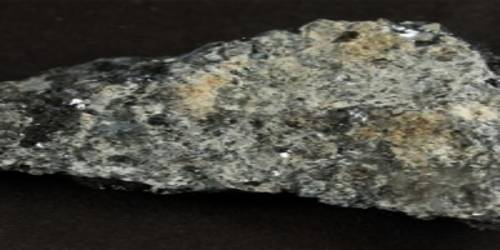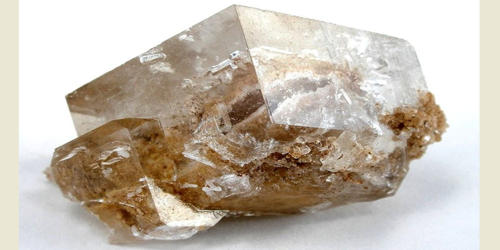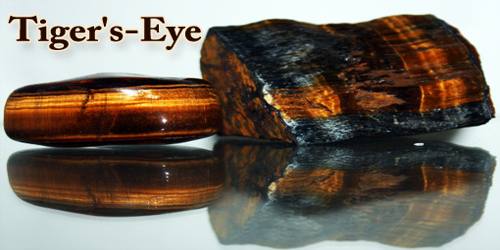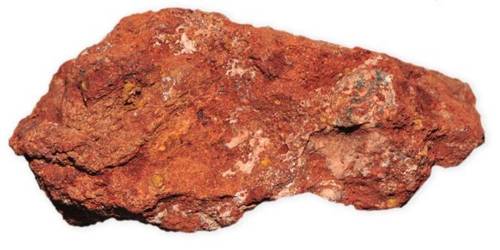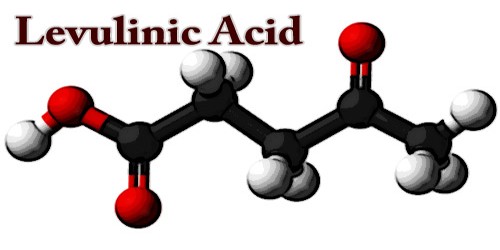Goldmanite is a green or greenish-brown silicate mineral of the garnet group with a chemical formula of Ca3(V3+, Al, Fe3+)2(SiO4)3. It is an isometric-hexoctahedral mineral containing aluminum, calcium, iron, oxygen, silicon, and vanadium. It was first described in 1964 for an occurrence in the Laguna District, Cibola County, New Mexico and is named after Marcus Isaac Goldman (1881–1965), an American petrologist.
General Information
- Category: Nesosilicates, garnet
- Formula: Ca3(V3+,Al,Fe3+)2(SiO4)3
- Crystal system: Isometric
- Crystal class: Hexoctahedral (m3m)
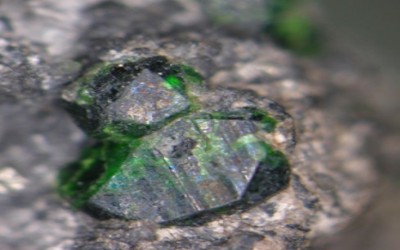
Fig: Goldmanite – greenish brown silicate mineral
Properties
- Color: Green, brownish–green
- Crystal habit: Dodecahedral crystals and anhedral grains
- Mohs scale hardness: 6–7
- Luster: Vitreous
- Streak: White
- Diaphaneity: Transparent to sub-opaque
- Specific gravity: 3.74 – 3.77 (measured)
Occurrence
In addition to the type location in the Sandy mine in New Mexico, it has been reported from Coat-an-Noz, Cotes-du-Nord, France; in drill core from the North Sea; from Klatovy, Czech Republic; Ishimskaya Luka, northern Kazakhstan; the Slyudyanka complex, Sayan Mountains, near Lake Baikal region of Russia and the Yamoto mine, Kagoshima Prefecture, Japan. It is also found in the metalliferous black shales of the Korean Peninsula.
The type locality, South Laguna (or Sandy) mine area, was in vanadium-rich clay within a metamorphosed uranium-vanadium deposit in sandstone.
Information Source:

